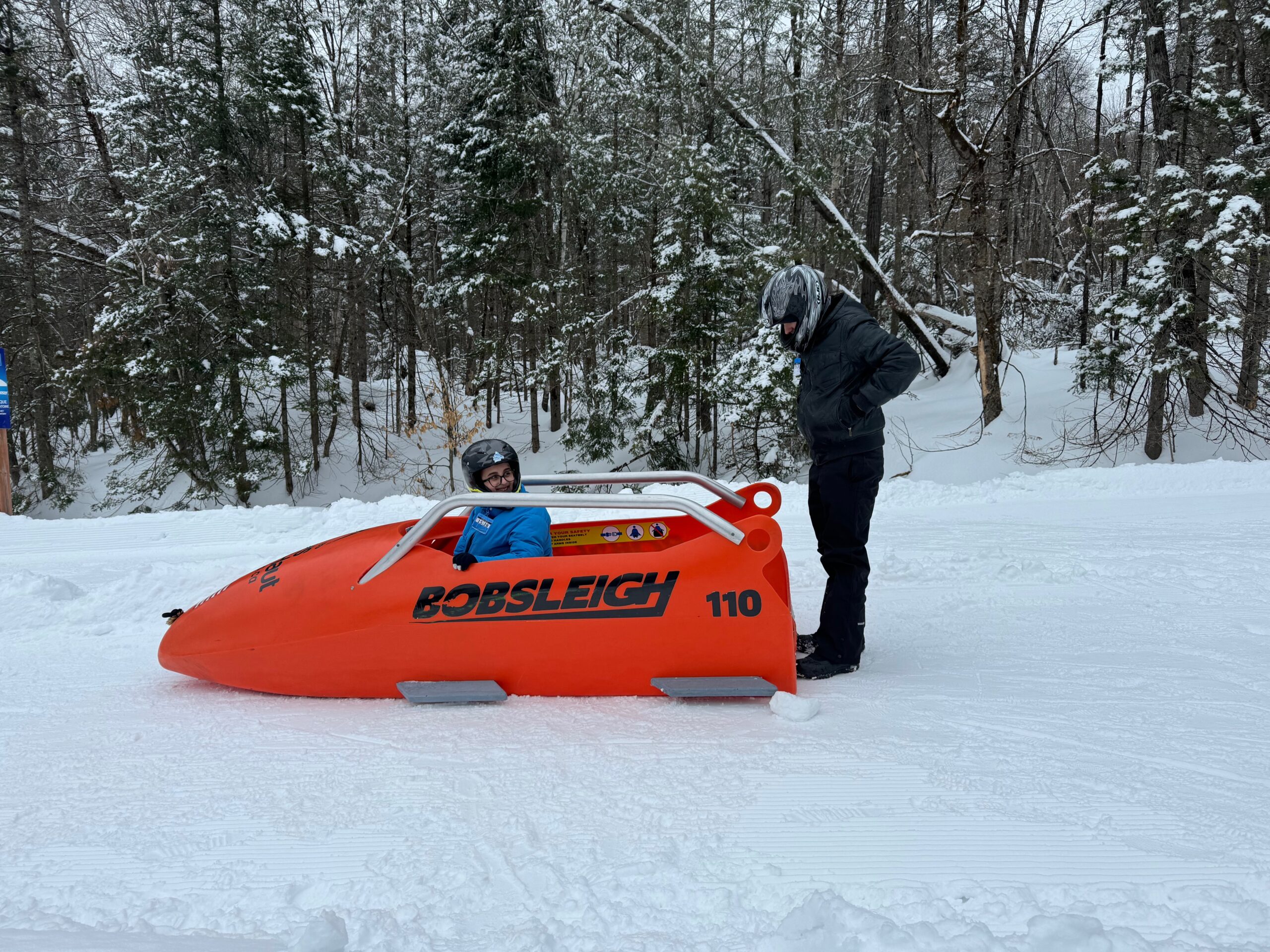How I discovered that snow days are good for the soul.
If you know me personally, you’d know I’m not an outdoor girlie. My dad, on the other hand, is the king of the outdoors. Whenever he wants to go for a walk, I always pass. Little did I know, fresh wintery air would do me good—both physically and mentally.
The last couple of months haven’t been the best. I’ve never been one to complain about every single detail in my life, but when things pile up, my anxiety shoots straight through the roof.
Once 2024 hit, I was excited to start the year off fresh. I was prepared to leave behind all the dark thoughts related to my surgery in 2023. But one week into 2024, my car decided to give me a nice little welcome gift: the “check engine” light. Not only that, but my brakes were squeaking like mad.
When my boyfriend and I dropped off Jukey (my beloved Nissan) at the mechanic, I was praying that this wasn’t going to cost me more than $500. I was shaking like a leaf as we drove off.
The following day, the mechanic dropped a big one on me—the whole job would cost me $1,700. My heart fell out of my chest and anger bubbled inside of me. I told the mechanic to go through with the job. I couldn’t afford it, but I had no other choice.
In these scenarios, my anxiety jumps to the worst situations. I started thinking that I wouldn’t be able to save towards my goals for the year. I wouldn’t be moving along how I’d planned. I had a bit of a breakdown.
Luckily, my boyfriend was there to help me get through this time. My anxiety still loomed over my head but at least I had something positive to look forward to: snow tubing with my friends and boyfriend.
I think a bit of fresh air was just what I needed. According to the Ontario Parks website, we should be aiming to move our bodies 20 to 30 minutes per day outdoors during the winter time. By doing so, we’d immediately feel calmer mentally and our blood pressure would go down.
The day of the activity, I was looking forward to a change in scenery and getting some fresh air. We opted to get the full experience package at the mountain near Saint-Sauveur that included an option to bobsled.
Bobsledding for the first time was the most exhilarating thing that I’ve done in a while. I felt like I was in the Olympics, and I’d never felt such an adrenaline rush. I opted for my boyfriend to be the one to push the sled and jump in as we went down. Knowing me, my clumsy self would probably fall to the side or hurt myself.
Going down the mountain at lightning speed, I was so focused on the feeling of being so happy with wintery air gliding against my face. For the couple of hours that we spent at the mountain, I wasn’t focused on my anxiety. I only had positive thoughts and a really good time. I screamed it out, laughed it out, and most importantly, made memories that I’ll cherish for a long time.
If I can recommend anything to anyone going through a tough time right now, this is it. Get outside and get some air—it’ll feed your mind and soul.
